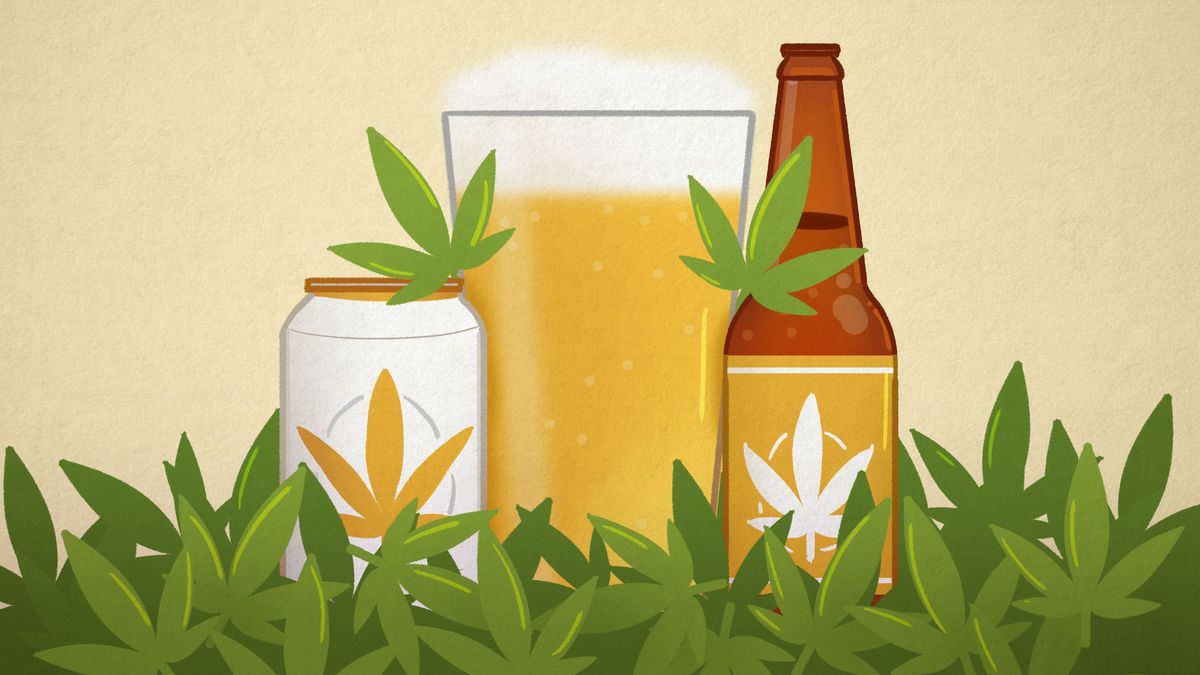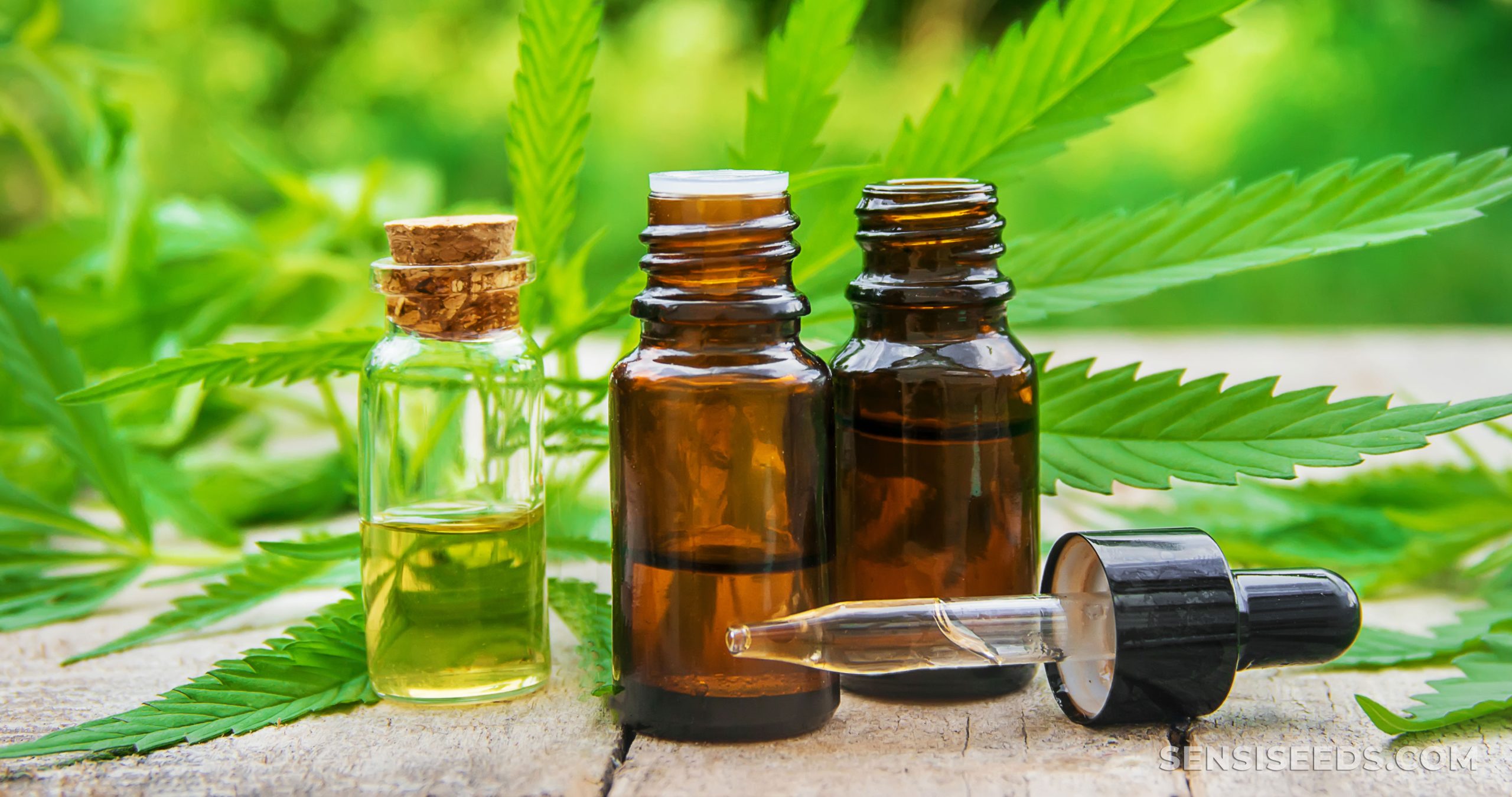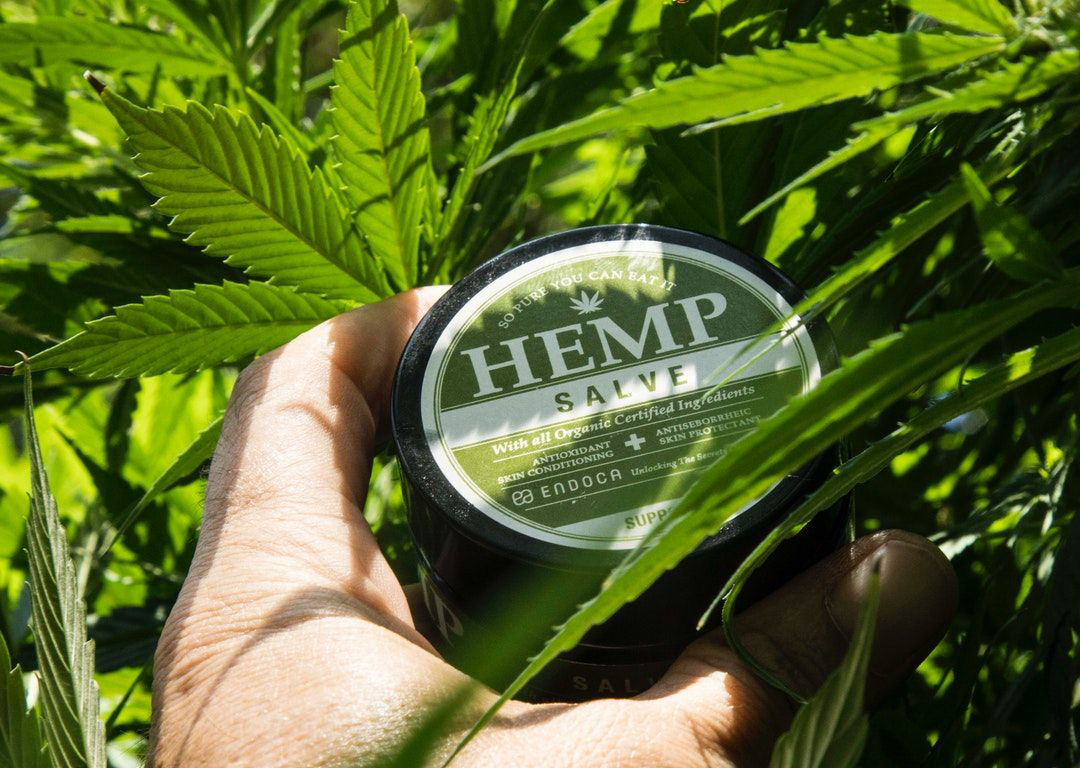Hemp beer, also known as hemp-infused beer or hemp ale, is a type of beer that incorporates hemp as an ingredient. It offers a unique flavor profile and is popular among beer enthusiasts. Here’s a detailed overview of the hemp beer making process:
- Recipe Development: The first step in making hemp beer is to develop a recipe that includes hemp as an ingredient. This involves determining the desired style of beer, the malt and hop varieties to use, and the appropriate amount of hemp to add. The recipe should take into account the desired flavor, aroma, and overall balance of the beer.
- Malting: Malting is the process of germinating and drying grains to convert their starches into fermentable sugars. Typically, barley is the primary grain used in beer production. However, some recipes may incorporate other grains like wheat or rye. The malted grains provide the base for the beer’s flavor and color.
- Mashing: Mashing involves mixing the malted grains with hot water to extract the sugars from the grains. The mixture, known as the mash, is held at specific temperature ranges to activate enzymes that break down the starches into fermentable sugars. The mash is typically held at different temperatures for different durations to achieve the desired sugar profile.
- Lautering: After the mashing process, the liquid portion of the mash, called the wort, needs to be separated from the grain husks. This separation is done through a process called lautering. The wort is collected while the grain husks are left behind.
- Boiling: The collected wort is transferred to a large kettle, where it is brought to a boil. During the boiling process, hops are added at specific times to impart bitterness, flavor, and aroma to the beer. The boiling also serves to sterilize the wort and remove unwanted compounds.
- Cooling: After the boiling process, the wort needs to be rapidly cooled to a temperature suitable for fermentation. This can be achieved using a heat exchanger or by transferring the wort to a separate vessel and using cool water or a glycol system to bring down the temperature.
- Fermentation: Once the wort is cooled, it is transferred to a fermentation vessel, typically a fermentation tank or a carboy. Brewer’s yeast is added to the cooled wort, and fermentation begins. The yeast consumes the sugars in the wort and converts them into alcohol and carbon dioxide. The fermentation process usually takes a few days to a couple of weeks, depending on the beer style and desired flavors.
- Hemp Addition: During or after fermentation, hemp is added to the beer. The hemp can be in various forms, such as hemp seeds, hemp extract, or hemp oil. The amount of hemp added depends on the desired flavor intensity and the recipe specifications. The hemp imparts unique flavors and aromas, often described as earthy, nutty, or herbal.
- Conditioning and Carbonation: After the hemp addition, the beer may undergo a conditioning period to allow flavors to meld and mature. This can take several days to a few weeks. Once conditioning is complete, carbonation is added to the beer. This can be achieved through natural carbonation by adding a small amount of sugar to the beer before bottling, allowing the remaining yeast to consume the sugar and produce carbon dioxide, or through forced carbonation using carbon dioxide gas.
- Packaging: Finally, the hemp beer is packaged into bottles, cans, or kegs. The containers are sealed to maintain carbonation and freshness. Proper labeling and branding are added before the beer is ready for distribution and consumption.
It’s important to note that regulations regarding hemp and cannabis-infused products vary by country and region. Compliance with local laws and regulations is crucial when producing and selling hemp beer.



